Expansion of the Ceramics Market
The ceramics market is undergoing substantial growth, which is positively impacting the Global Non-Metallurgical Alumina Market. Non-metallurgical alumina is a critical component in the production of advanced ceramics, utilized in applications ranging from electronics to medical devices. The increasing demand for high-performance ceramics, driven by technological advancements and the need for lightweight materials, suggests a robust future for non-metallurgical alumina. Market data indicates that the ceramics segment is expected to grow at a rate of approximately 6% annually, further solidifying the position of non-metallurgical alumina as a vital ingredient in this expanding market.
Growth in the Refractories Sector
The refractories sector is witnessing a surge in demand, primarily due to the increasing need for high-temperature resistant materials in various industries, including steel and glass manufacturing. Non-metallurgical alumina plays a crucial role in the production of refractories, which are essential for maintaining the integrity of industrial furnaces and kilns. As industries continue to expand and modernize, the Global Non-Metallurgical Alumina Market is poised for growth, with estimates suggesting that the refractories market could grow by 4% annually. This trend indicates a sustained demand for non-metallurgical alumina, as manufacturers seek reliable materials to enhance the performance and longevity of their products.
Rising Demand in the Chemical Industry
The chemical industry is experiencing a notable increase in demand for non-metallurgical alumina, primarily due to its application in the production of various chemicals and catalysts. This trend is driven by the growing need for high-purity alumina in the synthesis of specialty chemicals, which are essential for numerous industrial processes. As the chemical sector expands, the Global Non-Metallurgical Alumina Market is likely to benefit significantly, with projections indicating a compound annual growth rate of around 5% over the next few years. This growth is further supported by the increasing focus on sustainable practices within the chemical industry, which often necessitates the use of high-quality raw materials such as non-metallurgical alumina.
Increasing Focus on Sustainable Materials
The growing emphasis on sustainability across various industries is influencing the Global Non-Metallurgical Alumina Market. As companies strive to reduce their environmental footprint, the demand for sustainable materials, including non-metallurgical alumina, is on the rise. This trend is particularly evident in sectors such as construction and automotive, where eco-friendly materials are becoming a priority. Market analysis suggests that the shift towards sustainable practices could lead to a significant increase in the use of non-metallurgical alumina, as it is often derived from bauxite through processes that can be optimized for lower emissions. This focus on sustainability may drive innovation and open new avenues for growth in the market.
Technological Innovations in Production Processes
Technological innovations in the production processes of non-metallurgical alumina are likely to enhance efficiency and reduce costs, thereby driving growth in the Global Non-Metallurgical Alumina Market. Advances in extraction and refining techniques are enabling manufacturers to produce higher purity alumina with lower energy consumption. This not only meets the increasing quality demands from end-users but also aligns with global sustainability goals. As production methods become more efficient, the market could see a reduction in prices, making non-metallurgical alumina more accessible to a broader range of industries. This potential shift may lead to an increase in applications and overall market expansion.


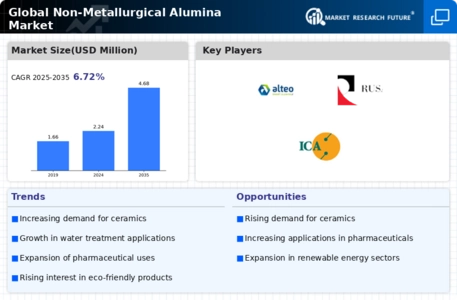
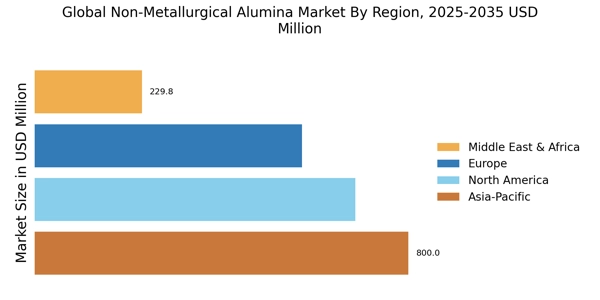

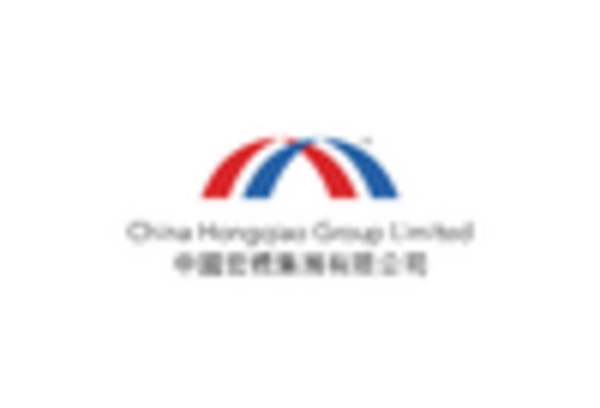
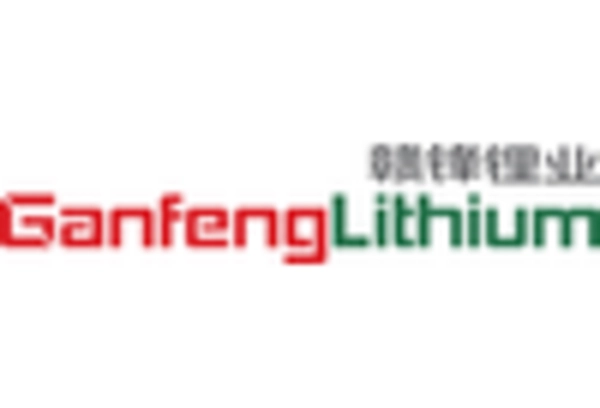
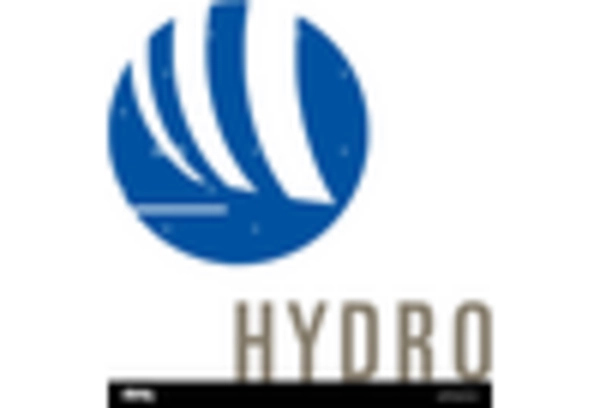

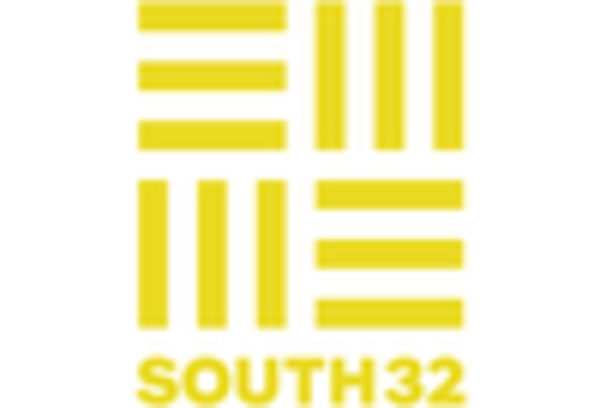








Leave a Comment